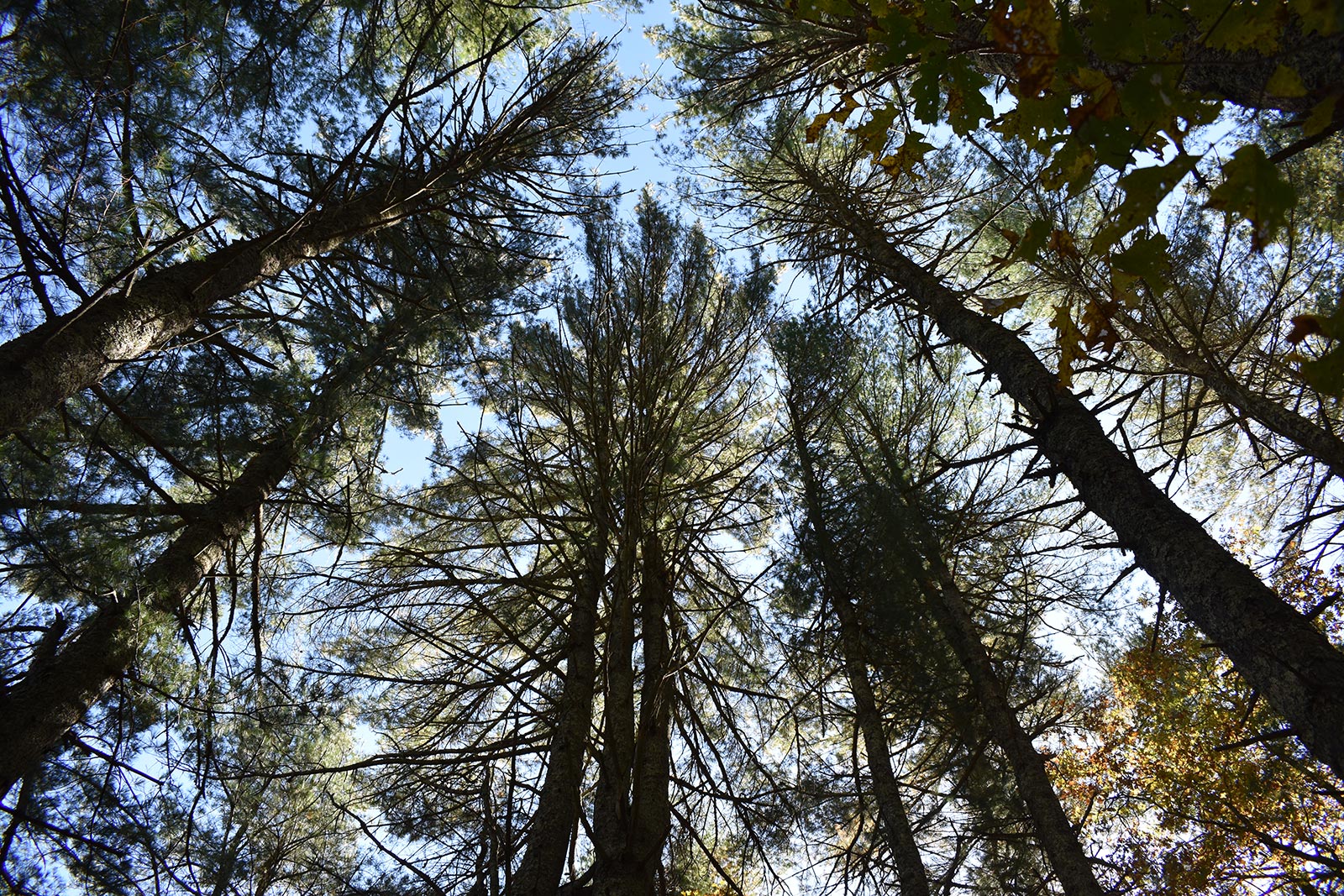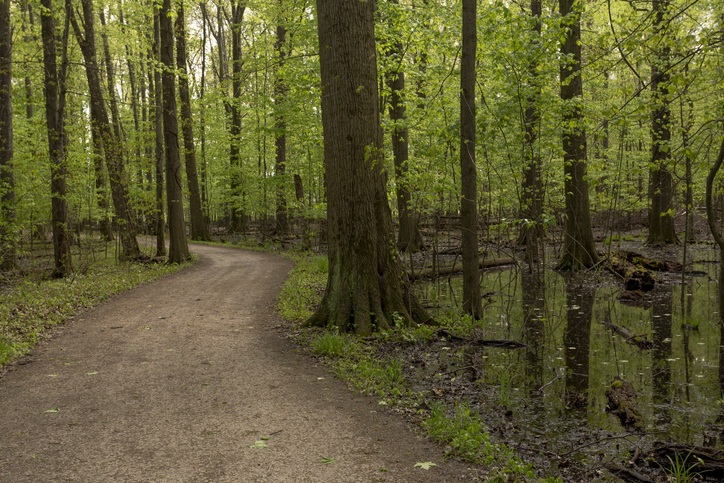An Open Letter Concerning Installation of Offshore Wind Energy Cables in Sakonnet River
February 13, 2023
The Rhode Island Saltwater Anglers Association (RISAA) is writing this letter to express concern regarding potential negative effects of installing high-power electrical transmission cables in the Sakonnet River, especially when alternative, land-based routes are available that would eliminate the need for this installation.
We believe that running an underwater cable in the Sakonnet River violates the Public Trust Doctrine in Rhode Island’s Constitution which requires by “all means necessary and proper by law to protect the natural environment” for Rhode Island waters. There is significant uncertainty about the ecosystem risk to the Sakonnet River fishery from the Mayflower Wind cable. A land-based alternative cable route through Massachusetts will eliminate this risk to the Sakonnet River ecosystem and protect the rights of the Rhode Island people as guaranteed by the Rhode Island Constitution.
The Sakonnet “river” is a tidal straight that is part of Narragansett Bay. It is relatively unique in all of southern New England. The Sakonnet River and its surrounding communities are sparsely populated with little commercial or industrial development along most of its length. There is heavy recreational use of the Sakonnet River throughout its length. The Sakonnet is home to many important species and is designated critical habitat for juvenile cod by the New England Fisheries Management Council and the Rhode Island Coastal Resources Management Council. It is also habitat for whelk (a type of sea snail), quahogs, and a variety of finfish, from scup to tautog (blackfish).
In fact, the Rhode Island whelk fishery relies heavily on the Sakonnet River. Whelk have very limited range, moving only minimal distances their entire life. Installation of the cable directly through their habitat will cause direct/fatal impact to any whelk within the plow zone and they may be unwilling to cross the cable and its EMF emissions after the cable is electrified. This has the potential to bisect the river’s whelk biomass into a distinct east and west zone.
The uncertainty and risk of damage by the installation of high-powered electrical transmission cables in the Sakonnet River ecosystem is a violation of Rhode Island’s Public Trust Doctrine. Rhode Island’s Constitution declares that we must “adopt all means necessary and proper by law to protect the natural environment of the people of the state” and there must be “adequate resource planning for the control and regulation of the use of the natural resources of the state and for the preservation, regeneration and restoration of the natural environment of the state.”
At a public presentation in Portsmouth on Nov. 17, 2022, fisheries experts from the state Department of Environmental Management and the University of Massachusetts-Dartmouth said they were unsure of the potential negative effects of electromagnetic force (EMF) on the various species of sea life in the Sakonnet. This lack of information from independent fisheries experts falls short of “adequate resource planning.” While the experts proposed some parameters for before/after studies, any negative effects discovered would be actual effects on existing populations that could not be “undone.”
Recreational and commercial fishing, boating, tourism, and other recreational uses of the Sakonnet generate significant value for the people of Rhode Island. However, the benefits to the people of Rhode Island from the Mayflower Wind project (as stated on the company website) are vague and ill-defined at best and not credible at worst. The Mayflower Wind project is a Massachusetts project and the electricity produced will be dedicated to Massachusetts customers exclusively. There is no reason for Rhode Island to risk habitat, fishing opportunities, and the existing commercial value of the Sakonnet when there is a land-based alternative that eliminates risk in Rhode Island’s waters and removes any violation of Rhode Island’s Constitution.
In addition, this land-based alternative rightly falls under Massachusetts regulatory authority, where the value of the electricity generated from this project accrues. Any cable from the Offshore Wind Energy leases south of New England heading to the former Brayton Point Power Station can land in Westport, Mass., less than a half-mile south of the terminus of Massachusetts Route 88. This road provides a corridor north approximately 11 miles to Route 6 or Route 195, both of which cross the Taunton River providing access to the former power station at Brayton Point. Route 88 has few private residences or businesses along the entire route, with only four perpendicular road crossings: Drift Road, Hixbridge Road, Old County Road and American Legion Highway (Route 177). Moreover, this land-based route removes the risk from Rhode Island waters and is likely more conducive to the project because of existing land-based corridors and infrastructure in Massachusetts. At this point 30% design drawings are published for the Sakonnet/ Portsmouth/ Mt. Hope Bay route. We ask that design drawings at the same level be created for the land-based alternative route so that both routes can be equally evaluated.
Given the fragile nature of the Narragansett Bay watershed, the fact that the Sakonnet River is classified as Type 2 waters (set aside for low-intensity use) and due to significant uncertainty about the potential impact of running underwater cables in these waters, we urge the Bureau of Ocean Energy Management (BOEM) and all regulatory bodies as well as the developer to insist on installation of all offshore wind energy export power cables over land routes when such route is an available option to installation in the marine environment.
Greg Vespe is the executive director of the Rhode Island Saltwater Anglers Association. This letter was addressed to the federal Bureau of Ocean Energy Management.




Great letter. Clearly articulated. Massachusetts project and power generation should be routed through Massachusetts. As Mr. Vespe pointed out, post installation studies will do nothing to mitigate negative impacts on this important Rhode Island resource. Well done Mr. Vespe and RISAA.